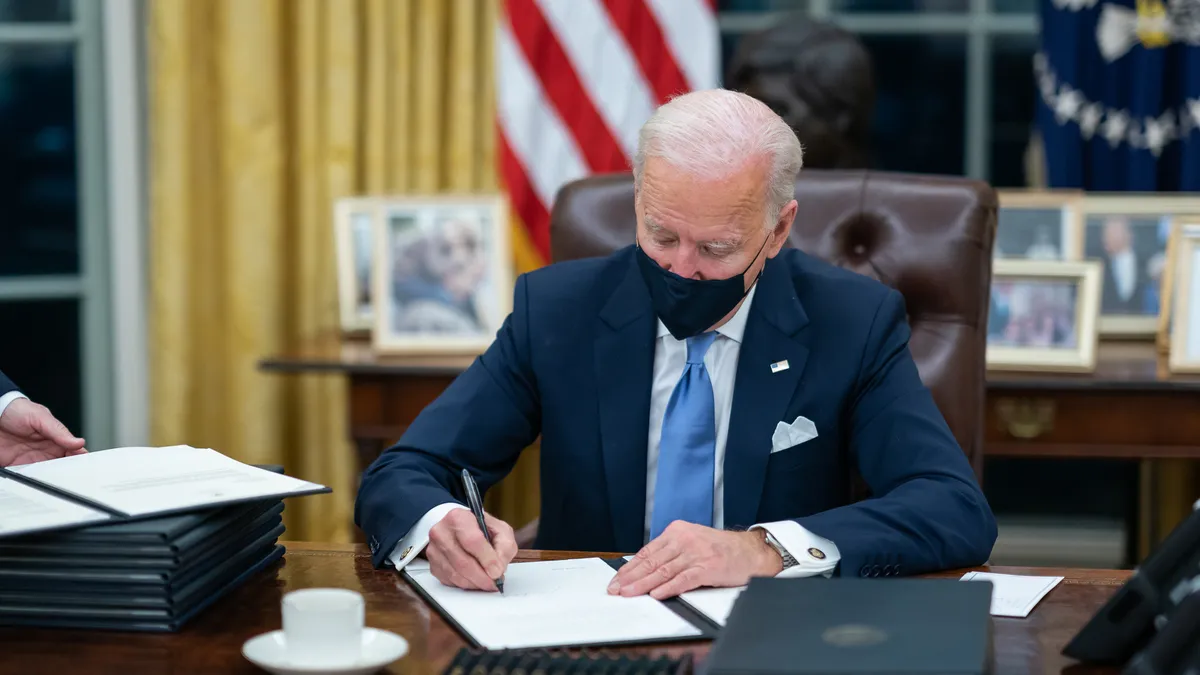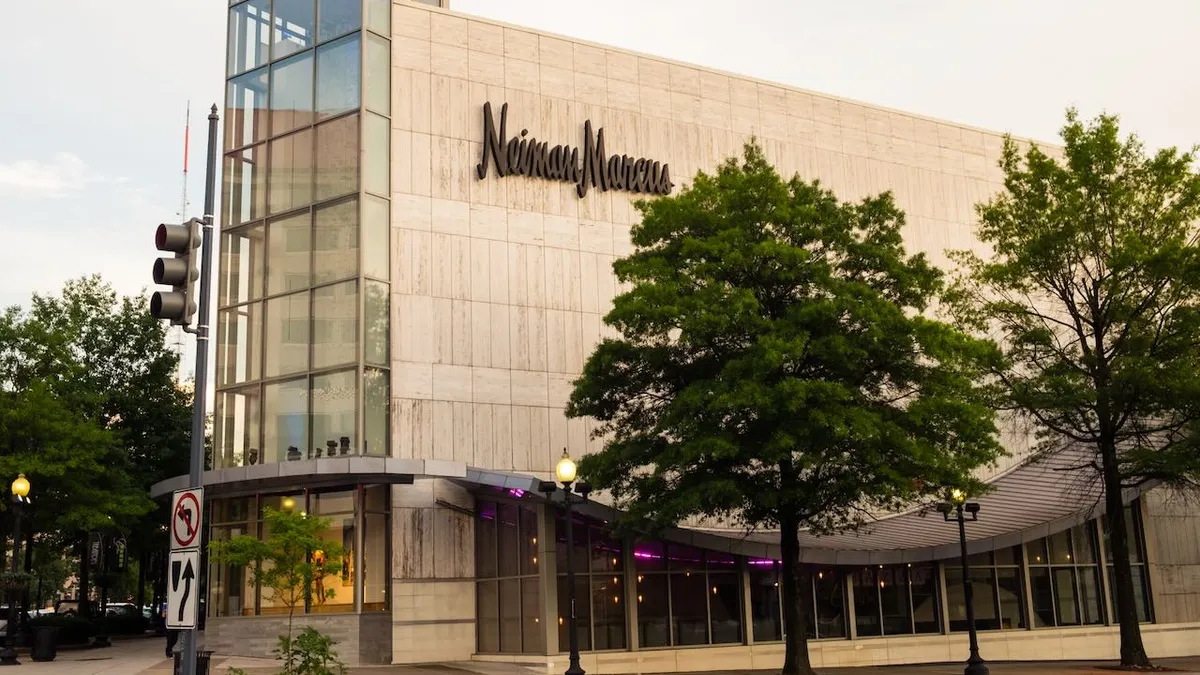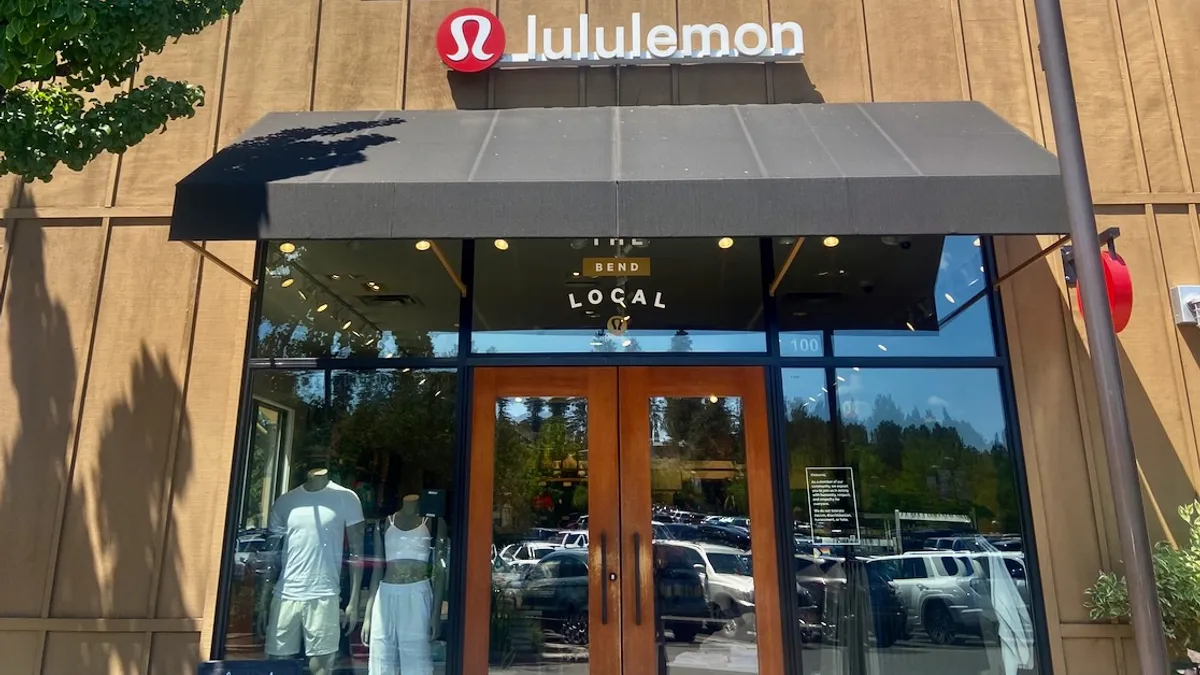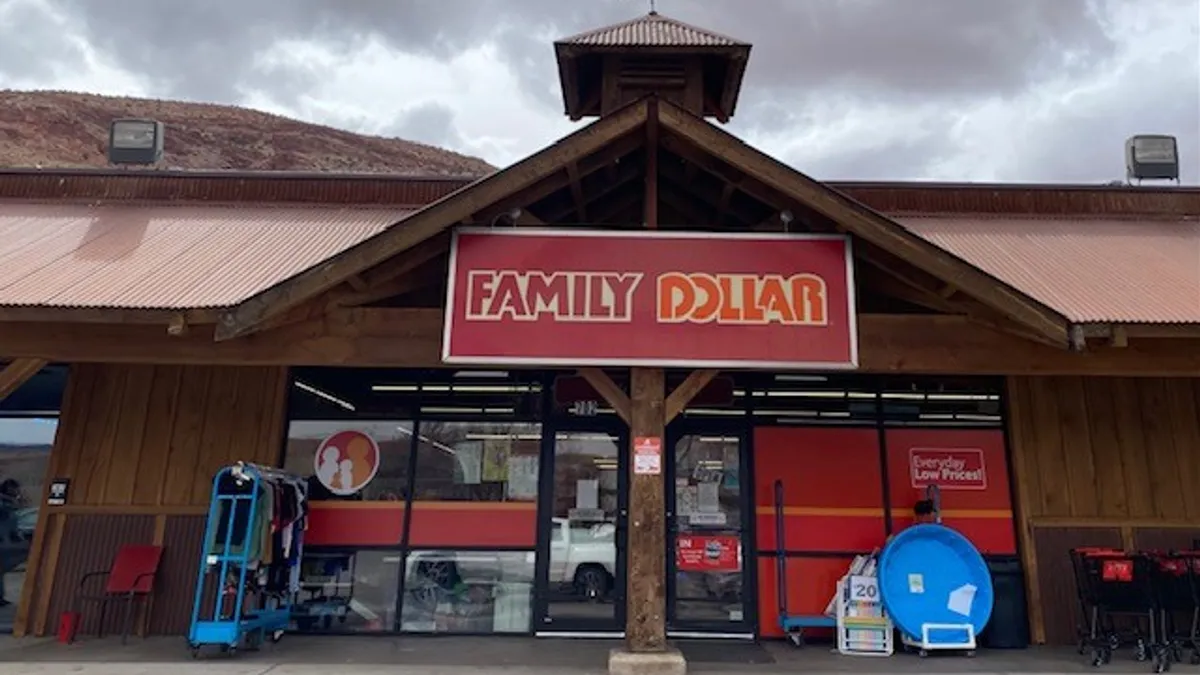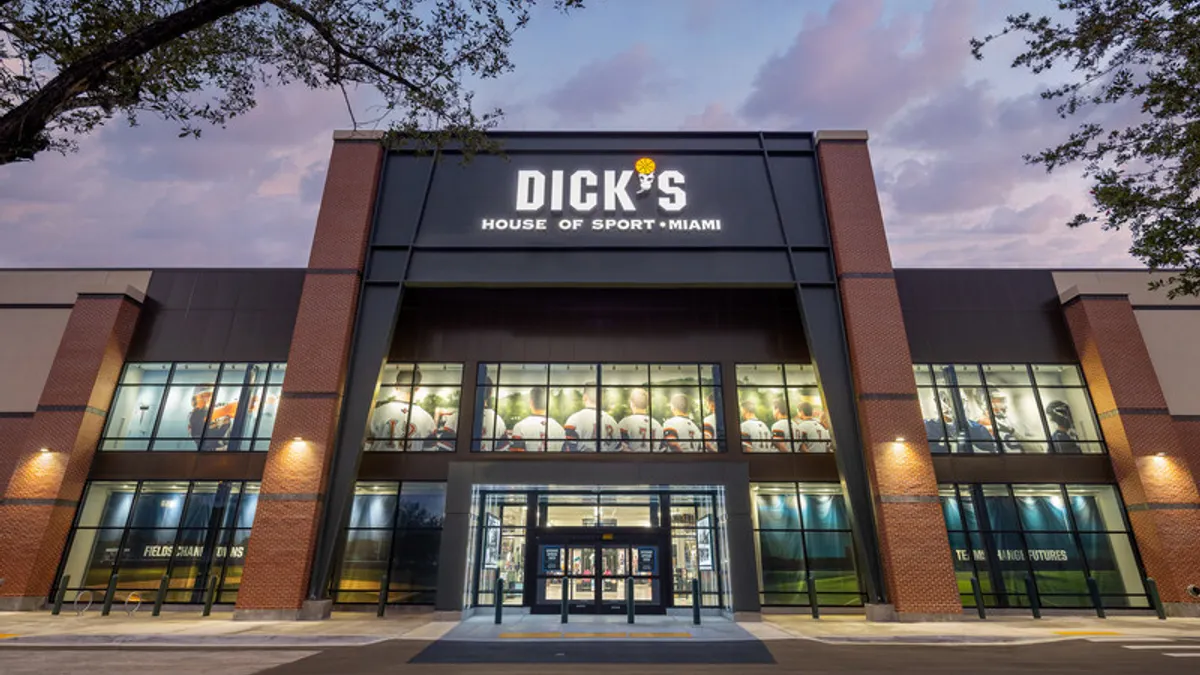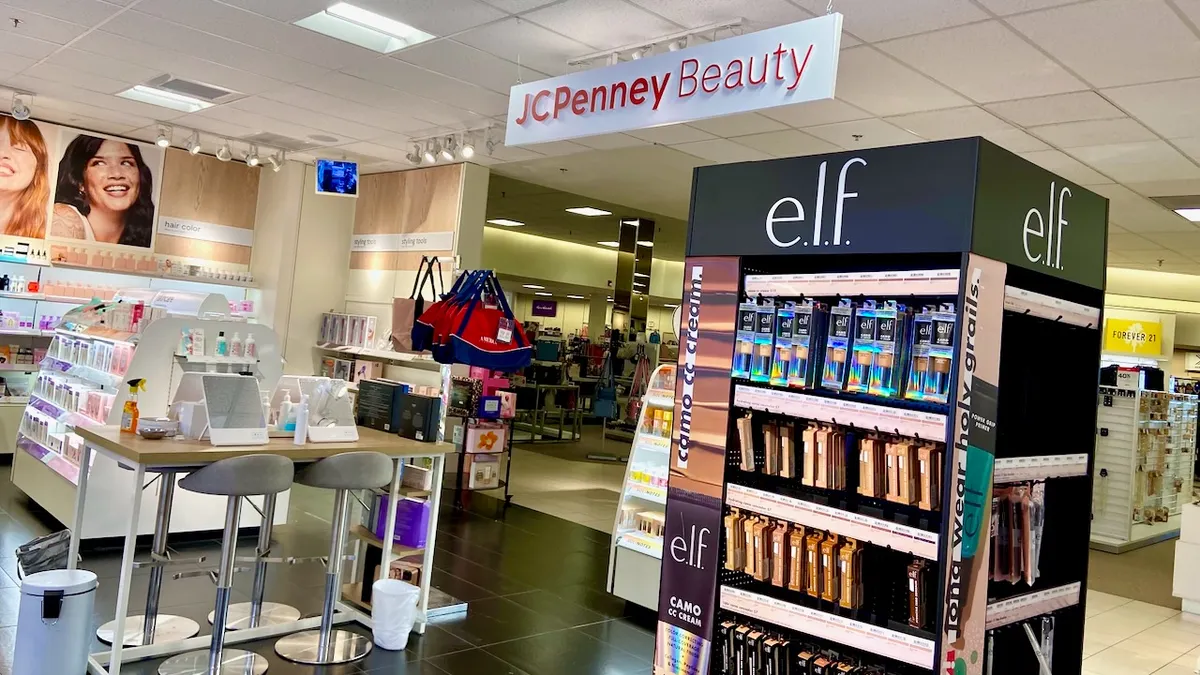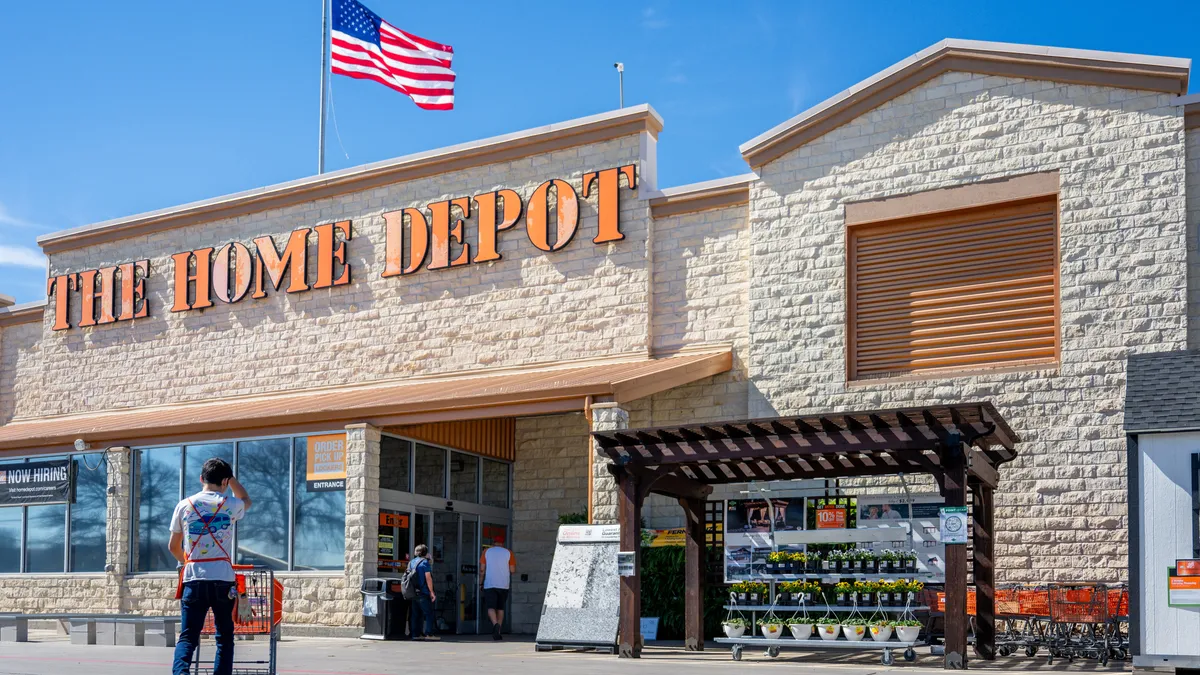Despite unseasonably cold weather in some parts of the country and traditionally low-key spending in February, last month's retail sales growth was pretty strong, up 7.8% compared to February 2020 for the group tracked by Retail Dive, and up a whopping 23.5% online.
But compared to January, February was a disaster, analysts said.
The numbers themselves tell the story. Sales in the cohort of retail segments tracked by Retail Dive fell 6.9% in the period, and even e-commerce tumbled 7.2%. Almost all segments suffered, including those like home goods and furniture (down 5.4%) that have thrived during the pandemic era. Electronics sales fell 10.8%, sporting and hobby sales fell 14.3%, and general merchandise sales fell 8.9%. (Somehow apparel eked out an uncharacteristic 7.5% rise.)
"Let's not mince words, this was bad," Wells Fargo economists Tim Quinlan and Shannon Seery said in emailed comments. "It was not merely bad, it was awful. The consensus was braced for a decline of 0.5% in February retail sales but the actual outturn was six times worse."
Retail Dive doesn't usually focus on month-to-month changes in retail sales activity because year-over-year comparisons are usually more meaningful to the industry. In general, 2020 was a unique period for everyone due to the pandemic, however. And this year's January-February decline is meaningful because it demonstrates how dependent the U.S. consumer is on government support right now.
"These statistics indicate the continued fragility of our economic recovery," Bankrate Senior Industry Analyst Ted Rossman said in emailed comments. "I believe March and beyond will be much stronger, but without massive government stimulus, these figures would be a lot worse. Consumer spending is still being propped up artificially.”
February's letdown came despite a $900 billion pandemic relief package polished off in the waning days of last year, eventually cobbled together as the stimulus effects of an earlier set of packages, much bigger at $3 trillion, wore off. As a short month that comes after the holidays, February tends to be a low-spending month in general for retail. This year, cold weather in some areas kept shoppers away from stores, plus, it followed a January that benefited mightily from that second round of relief.
"The dip in momentum was primarily caused by the fading impact of the second round of stimulus, which due to the relatively small amounts involved was spent quickly by those not looking to save their windfalls," GlobalData Managing Director Neil Saunders said in emailed comments, noting that higher gas prices may have also squeezed some households, though there's less travel and commuting right now.
No wonder retailers cheered earlier this month when President Biden signed a $1.9 trillion relief package, which includes direct payments to consumers, longer-term initiatives to help consumers and businesses, and investments to speed up COVID-19 immunization. The National Retail Federation expected the February downturn after a January flush with federal money, and NRF Chief Economist Jack Kleinhenz said in a statement that the results show that "consumers are willing to spend as the virus situation improves and continued government stimulus further strengthens the economic backdrop."
Thanks to advances on these key fronts, other analysts agreed that February's stumble isn't necessarily a bellwether for the rest of the year.
"Progress in the fight against COVID-19 continues, with vaccine availability set to widen in the near term," Jim Baird, chief investment officer at Plante Moran Financial Advisors, said in emailed comments. "The delivery of an even larger round of fiscal stimulus as a helicopter drop of money to most American households should fuel another surge in spending at a time when increased mobility is already expected to get people out and moving again."
Much of the spending power that consumers have accumulated as the government has stepped in will not only prop up spending later in the year, but should linger into next year, according to Robert Frick, corporate economist at Navy Federal Credit Union. But the consumer and the economy may need something besides direct relief.
"Wages need to rise for lower-paid workers," he said by email. "Aside from the moral reasons, low wages and wage and wealth inequality ultimately hurt the economy because they cause weak demand for goods and services. We've seen that in increasingly anemic GDP numbers. The economy was much healthier when more Americans made a decent wage and weren't scraping by. We were just starting to see a strong economy create real pressures to raise wages before the COVID-19 recession put us deep in a hole."



